Location
Stonehenge is located 8 miles(13km) north of the town of Salisbury,
England, on Salisbury Plain. It is probably the most
recognized
Neolithic Monument in the world.
Stonehenge
the Monument
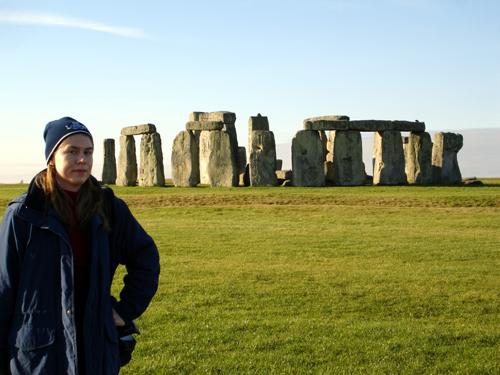

There is
nothing quite like Stonehenge in this world. Its earliest phase dates
back to 3100 BC. No one is exactly sure of its purpose. The
builders of Stonehenge are long dead (and we're not exactly sure who
they were to begin with.) It could have been used for tribal
gatherings, festivals, watching the sun and moon, etc. There are many
theories.
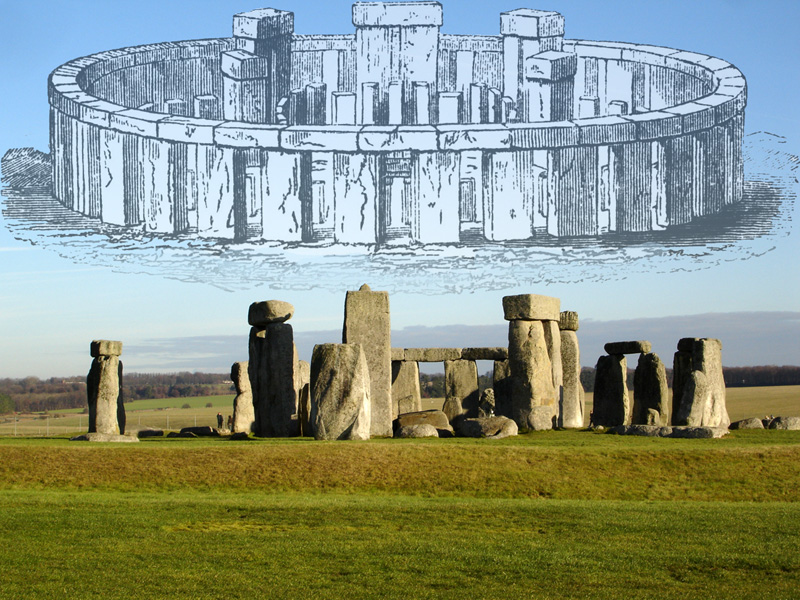
Perhaps
today, Stonehenge isn't as magnificent as it once was. Many
of the stones have been knocked down and robbed. But enough is still
intact to attract visitors from all over the world. The
sarsen stones have been standing in their circle since about 2500 BC.
For a 4500 year-old monument, I would say it looks pretty good.
The Stones
Stonehenge has two main types of stones.
Bluestone
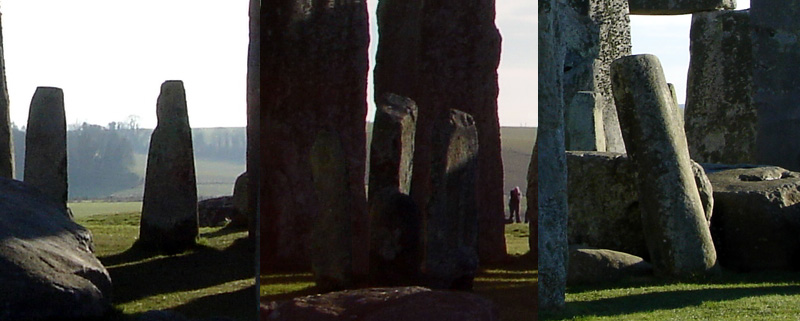
The
bluestones are a mystery themselves. Many believe that they
came all the way from the Preseli Hills in Wales, which is over 160
miles (250km) away. These stones are over 6.5 feet (2 meters)
tall and weigh around 4 tons. There are 43 currently on site.
Is it plausible that ancient man would have gone to such great lengths
for dolerite? One theory suggests that a glacier brought the
stones to England, but it is a question that is still up to much debate.
Sarsen Stone
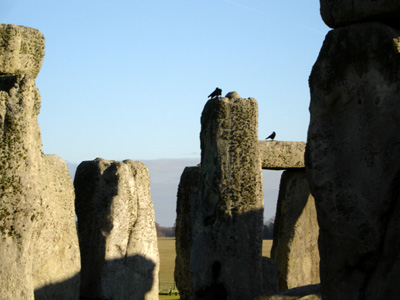
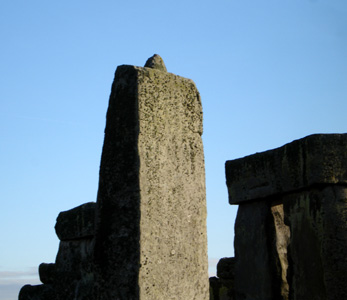
The
sarsen stones are local stones taken from much nearer Marlborough
Downs, which is 25 miles (40km) north. The sarsens are much
larger, ranging from 12-22 ft tall.
Building
Techniques & Features
Standard wood-working techniques were used to construct Stonehenge's
linteled stone circle and trilithons. Mortise and tenon joints were
used to connect the standing stones with their lintels.
Tongue and groove joints were used to connect the lintel
pieces to each other.
Trilithon
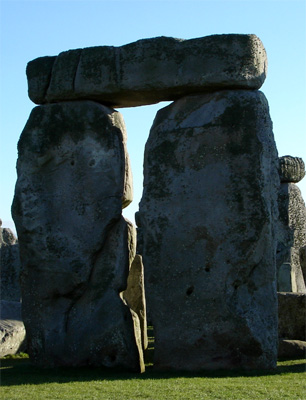
Originally,
Stonehenge had five standing Trilithons, a structure consisting of two
standing stones supporting a third lintel stone. These were
arranged in a horse shoe shape around the altar. Only three
of the trilithons are still standing today.
Lintels
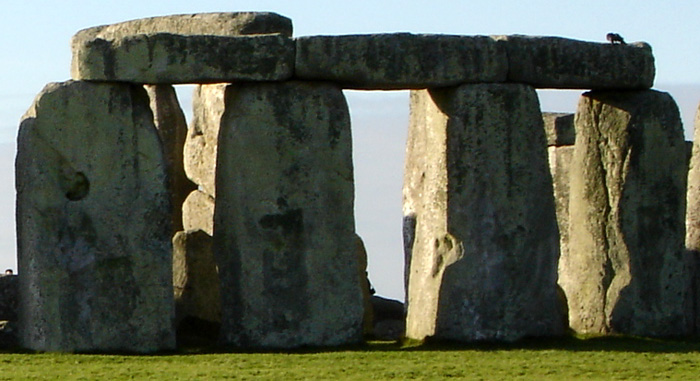
Lintels
are what truly make Stonehenge unique. There are many stone
circles in the British Isles, but none with lintels. The
technique used to raise them is currently unknown as well.
Something that makes Stonehenge fascinating is the number of extremes
it rises to. What stone monument is older? What
stone monument is larger? more complex? more unique? I
enjoyed being able to see it for myself. Who knows? With a current
excavation under way, perhaps some of its secrets will soon come to
light.